
Challenges to design together, beyond language and role differences
Hi. I’m Masaki, a product design manager at freee which is a Japanese cloud-based ERP software made for small and mid-sized businesses in Japan. Last week, I talked about “Challenges to design together, beyond language and role differences” at Spectrum Tokyo Festival 2023.
freee launched its global team in January 2022, but the journey of developing services for the Japanese market with a global team was full of challenges. Initially, we thought the challenges were due to language and cultural differences, but they turned out to be issues such as a lack of shared purpose and difficulty communicating across roles — issues that can occur regardless of whether you have a global team or not.
In this article, I will share how we identified and addressed the root causes of the global team’s challenges, and what we prioritized to design together across language and role differences.
Why freee launched the Global team?
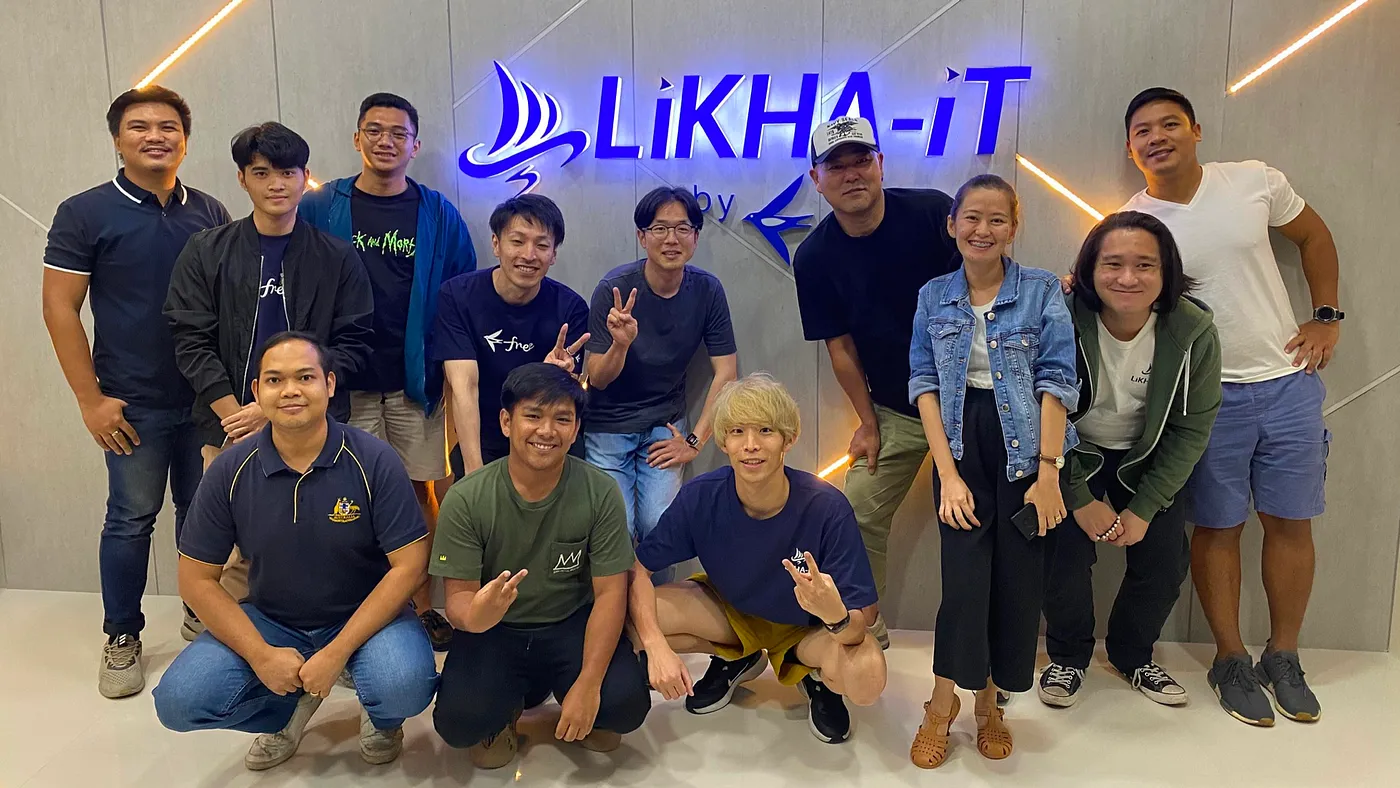 When you hear “global team,” you may think of a team delivering products to the global market, but at freee, the global team currently refers to a team developing for the Japanese market with multinational members.
When you hear “global team,” you may think of a team delivering products to the global market, but at freee, the global team currently refers to a team developing for the Japanese market with multinational members.
Why develop Japanese products with a multinational team to overcome the English language barrier? The main reason is to address the “severe shortage of engineers in Japan”.
In recent years, competition among companies to hire talented engineers has become fierce, and this situation is accelerating.
At freee, we have been innovating and experimenting with various approaches to hiring engineers in Japan, including establishing local development bases. However, to further strengthen our development capabilities and support Freee’s rapid business growth, we began expanding our engineering organization overseas in 2021.
The first step in this direction was that Likha-iT (a development company from the Philippines) joined the freee group. On the day it was announced that Likha-iT was joining freee, one of the freee engineering managers announced that we would be working on global development. The moment I saw the announcement, I scheduled a meeting with my then design manager and asked to be transferred to that team. Three months later, I was the first designer to join the global team.
Why did I join the global team?
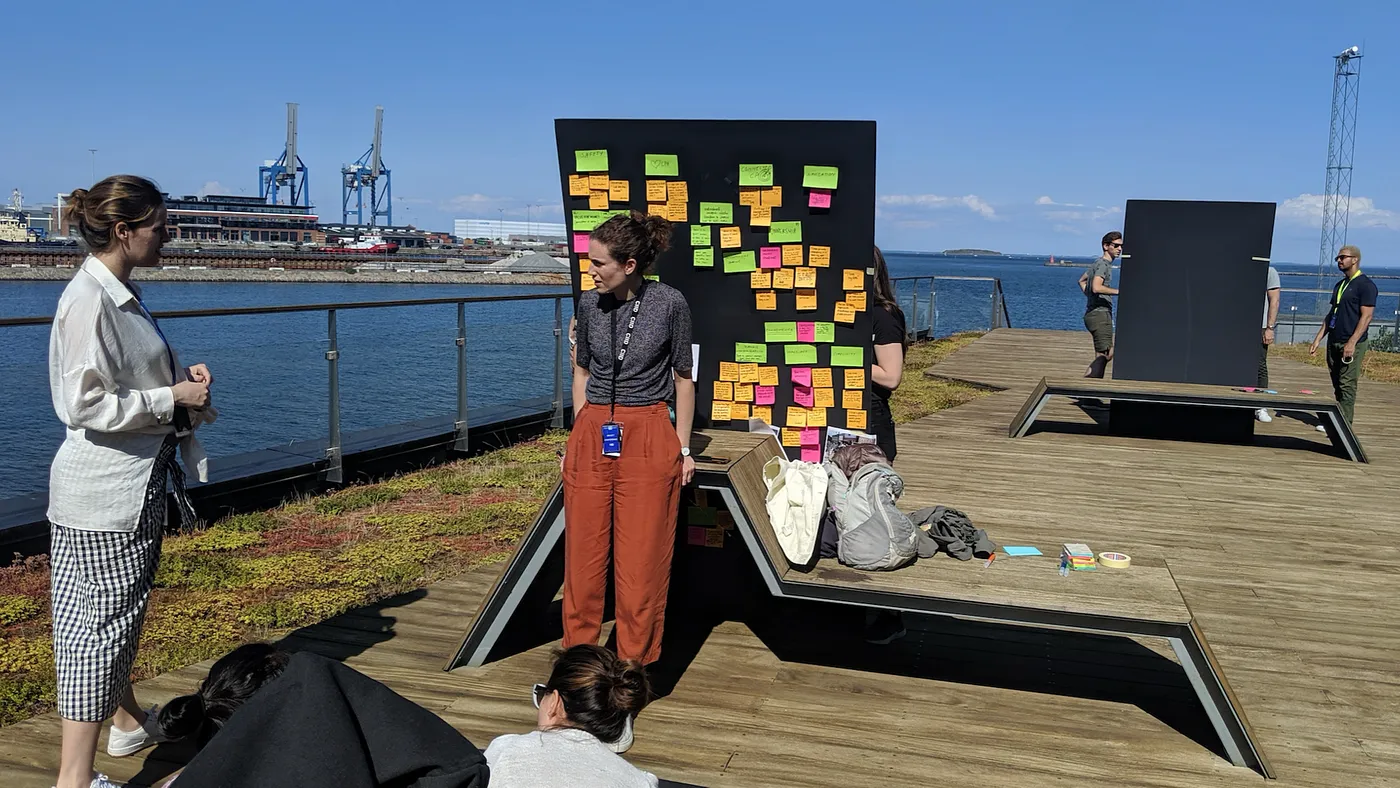
There were two reasons why I decided to dive into the global team. The first was my interest in working with a team that uses a global perspective. I attended a week-long workshop at CIID, a design school in Copenhagen, in 2019. During that time, I explained our “company foundation service” to a team member living in Copenhagen, but it didn’t resonate at all. According to her, it takes 30 minutes to start a company in Denmark, and there is no pain in the process of setting up a company.
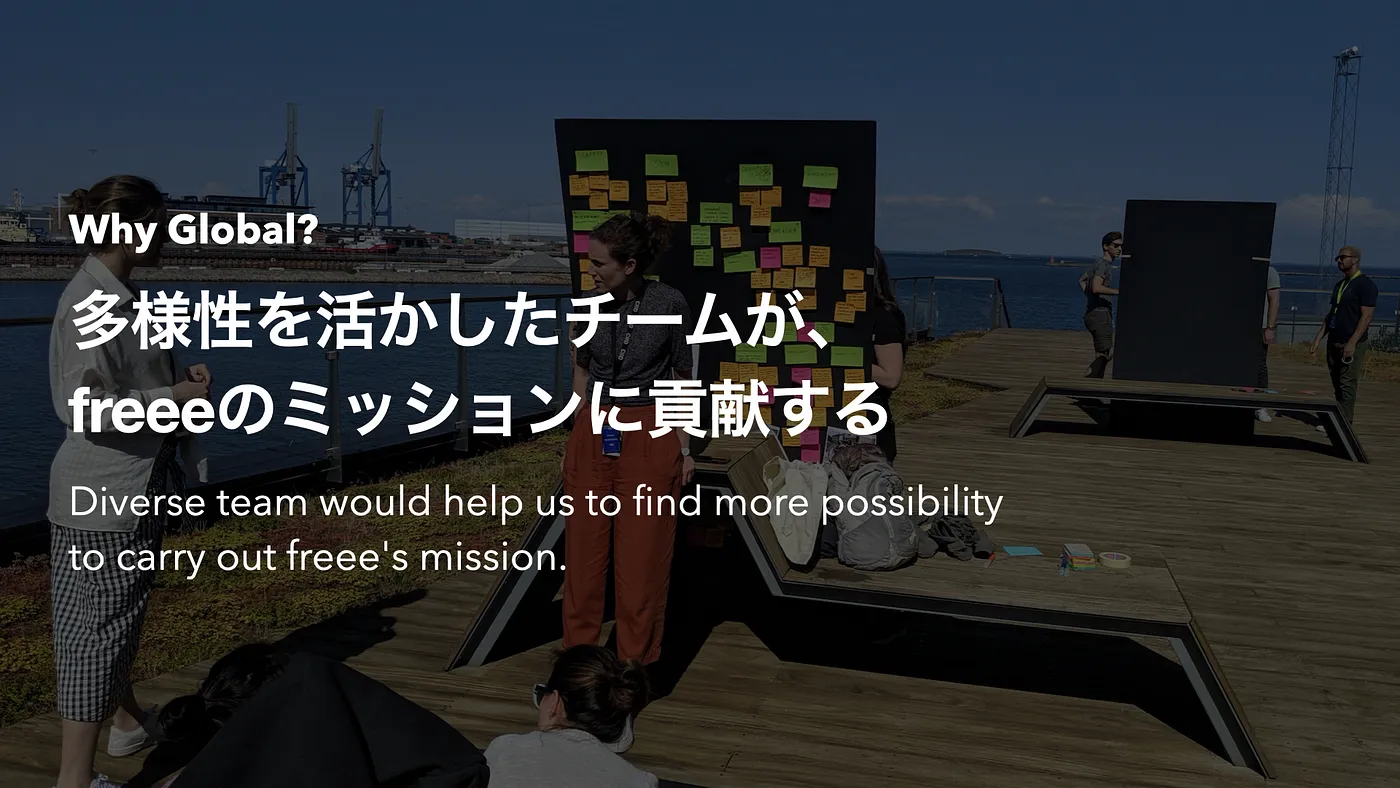
It was a moment where I felt firsthand that "normal" changes depending on the culture and environment you grow up in. The greatest learning, however, came during the workshop. There were moments of stress when opinions didn't align, but as we kept explaining and refining our backgrounds, exciting ideas began to emerge.
From this experience, I believe that a diverse team at freee would help us achieve freee’s mission.
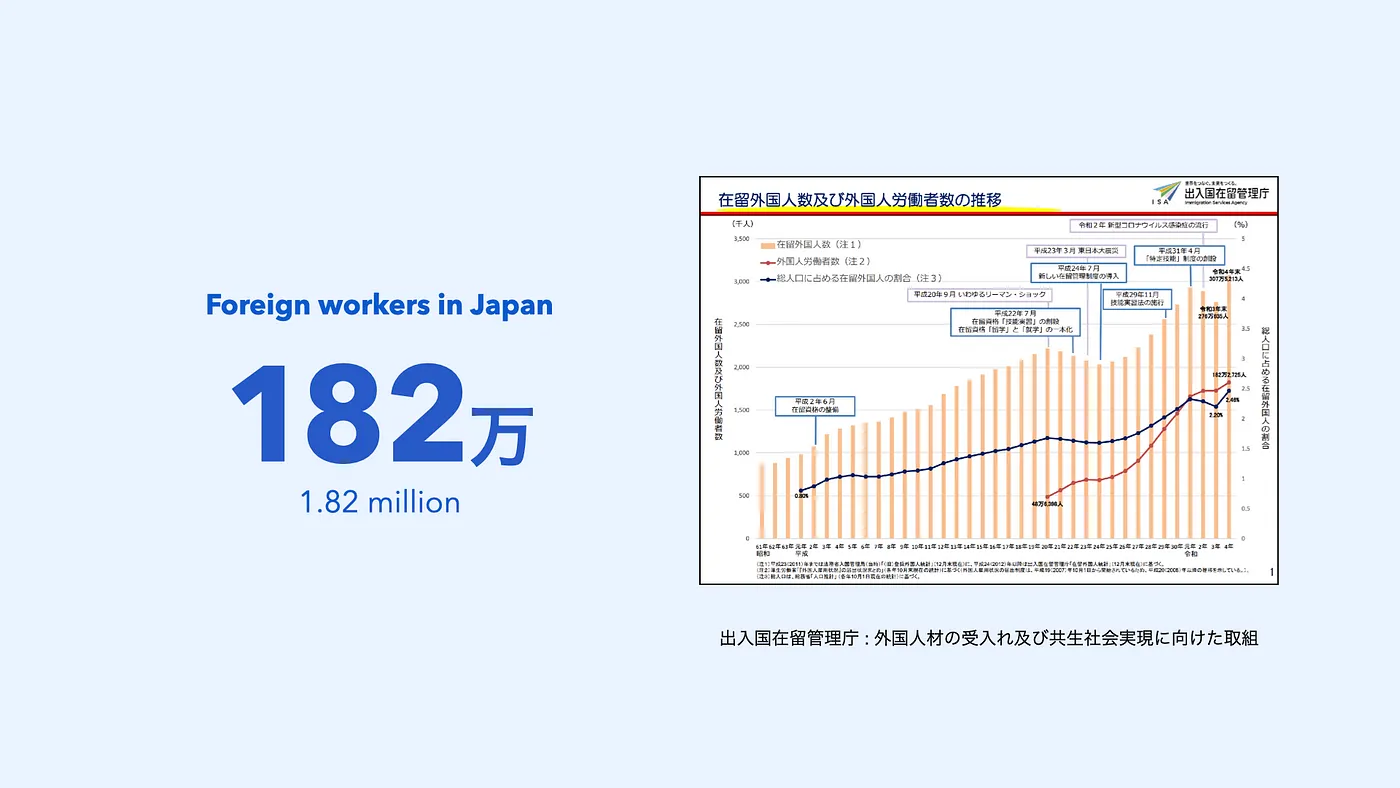
Second, I was confident that with a global team, freee would bring value to diverse people.
There are almost 1.82 million foreign workers in Japan. However, there are many systems in all aspects of business in Japan that do not seem to take foreigners into account. As a result, many people who originally wanted to work in Japan have had to give up.
Just as I believe that working with people from different backgrounds makes things more interesting, I also believe that if small businesses in Japan can become an environment where diverse people can work easily, society will become better and more interesting. That is why I joined the team.
It’s been about two years since I started working with the global team, and I believe it was the right decision. Surrounded by excellent team members, I am constantly inspired and able to design with fresh and ideal perspectives. However, the journey has been a constant struggle.
The First Initiatives of the Global Team
The freee global team has been responsible for developing several products for Japanese small businesses. We have worked to improve existing products, and in some cases we have worked as a global team to develop new products.
I will introduce a new project that our global development team was responsible for. Around April 2022, the global team launched its first new 0-to-1 project. By the end of July or early August, we started full implementation of the major features and released it on December 15, 2022.
It was the first product the global team built from scratch and is now used by many users. However, the project was extremely challenging. Looking back, many issues arose, and I would like to share some of those stories.
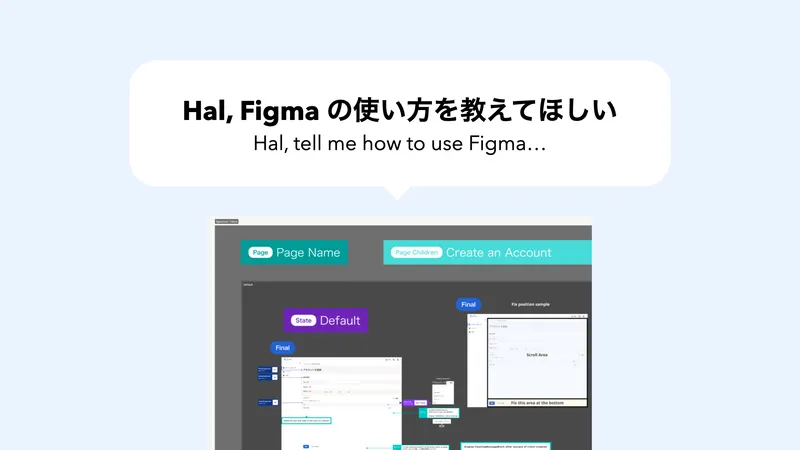
Hal, please teach me how to use Figma
This was a request made by a team member handling project management when I visited the Philippines. Initially, I thought, “Oh, they want to use Figma and design together, great!” But I was mistaken. The essence of the request was to understand the history of design updates and the specifications of the features being implemented, which were unclear, hence the need to learn Figma.
This made me wonder. Why were they trying to confirm specifications solely through Figma for a new project?
At that time, I was on a business trip related to another team and wasn’t the designer for this project, but sensing something was amiss, I decided to join this project. Our global development team had only me as the dedicated designer, so I couldn’t be involved in every project.
The new service was being handled by a Japanese designer, who seemed to be struggling with conveying specifications in English, and the product manager was facing similar difficulties. As a result, they were trying to understand what to develop by referring to the design data in Figma.
Upon joining the project, the first task I undertook was to create a document that would align the understanding of specifications among all project participants, including engineers, product managers, and QA.
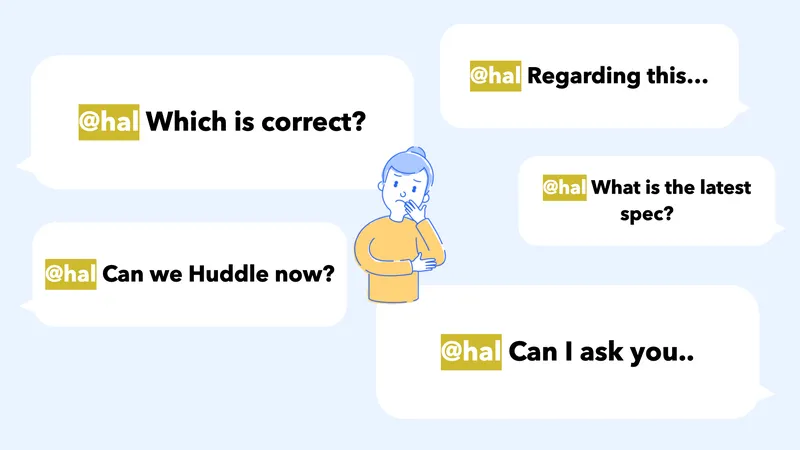
Even though development had already inexplicably begun by the time I was preparing this document, it proved immensely helpful in identifying where the mismatches in understanding were occurring between the development team, product managers, and designers.
Even though we thought we had aligned our understanding before starting the development, problems inevitably arose before implementation began. The implementation of the initially planned features expanded several times over, and there were oversights in the specifications.
Furthermore, as the global team’s recruitment progressed smoothly, the team grew rapidly. While this was positive, it also meant an increase in the number of features being worked on.
As a result, there was constant mentions from engineers seeking clarification on specifications.
What should we do in this situation? This implementation is challenging, we need to decide on the specifications?
The product manager and I, with a strong goal to release by mid-December, had to make quick decisions on these issues, urgently responding and considering design proposals.
Why were we focused on a mid-December release? This was because many team members in the Philippines would be going on holiday for Christmas around mid-December.
Therefore, a delay of a few days in the release would result in a delay of over three weeks.
Furthermore, after January, our targeted users would enter their busy season, so the development team worked hard with a commitment to meet the release date.
First release
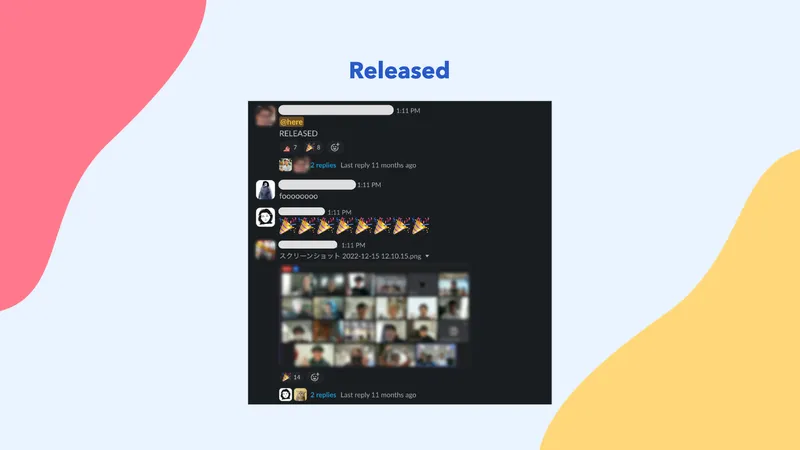
Even after that, various issues occurred, but we managed to achieve our goal of releasing within the year. Furthermore, the features released as a beta version were improved with feedback from users and are now widely used.
The reality was far from the ideal global team we had envisioned. However, by successfully launching the first 0 to 1 project of the global team on schedule and receiving a lot of positive feedback from users, the achievements of the global team became increasingly recognized within the company.
Thinking About the Future and Building the Team
However, a team that only reacts to problems would not be able to cope as the global team at freee expands. We conducted a retrospective with the members involved in the development.
The retrospective revealed two main issues: “Less Collaboration with Engineers in planning” and “high-context culture”, which made it difficult for the global team to leverage its diverse perspectives.
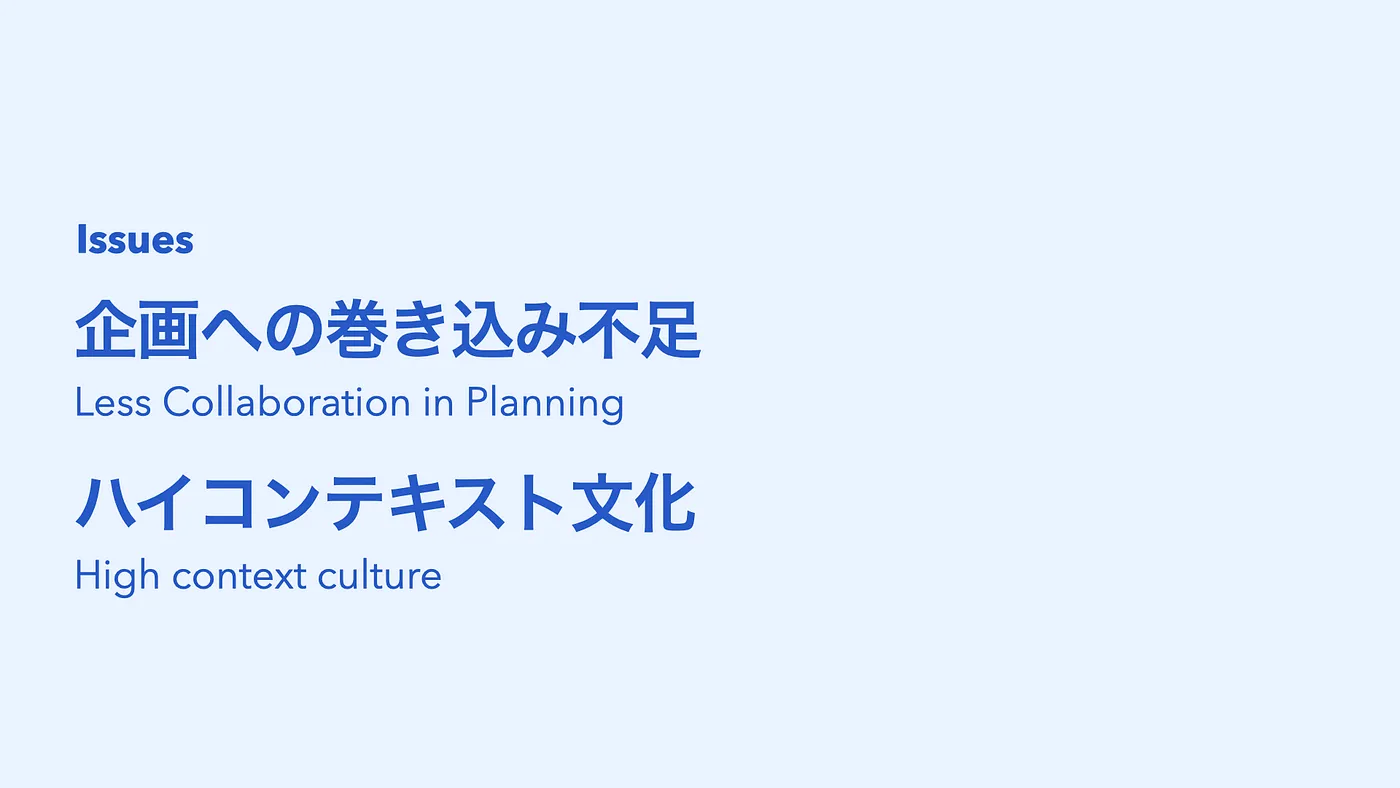
For example, when communicating with engineers in the global team, the language skills of product managers and product designers became a barrier. They couldn’t fully convey why a development was needed, sharing only the requirements. This led to a situation where engineers found it difficult to understand why they were doing something. Consequently, slight misunderstandings during development occurred, resulting in the need for corrections after implementation.
Of course, using translation tools may facilitate some level of communication, but what became a barrier was the high-context culture.
Viewing the design data might give a rough idea of what to create. There might be similar functionalities in other freee products, so looking at those should provide a general understanding. As a result, we encountered issues like “Engineers does not implement it according to the design” or “Engineers does not suggest, only confirming specifications.”
This might be a common issue, not just for global teams.
We had not aligned a common understanding among engineers, designers, and product managers beyond the imperative of meeting the release date.
I thought it would be difficult to resolve the situation within the global team alone, but by continually advocating for the future of the global team both internally and externally, other product designers at freee joined the team.
Also, individuals who read my notes, empathized with them, and moved to Japan from abroad joined freee, leading to the birth of the global design team.
Together with the team members, we created the mission of Freee’s global design team.
Team mission:
We leverages diversity and global expertise to improve workspace culture, discover new ideas on process and requirements, deliver distinct sight or view and continuously drives radical growth in freee in purpose of delivering true values to users.
Why do Japanese BtoB companies develop products with global teams? It is because in order to “deliver value to diverse people,” it is necessary to work with the diverse perspectives that a global team possesses. At least I believed in this possibility, and the members who sympathized with me also believed in this possibility and joined our team.
What We Worked On
In our case, we wanted to change our relationship with the engineers, and within the global team, we hoped to change the process where product managers just relay requirements to engineers.
The ideal situation is for engineers, product managers, and designers to all understand the users and the workflow, aligning on the value provided. We wanted engineers to also think about the core value for users and participate in the discussion.
This would lead to the generation of great ideas arising from the differences in each role and background, epitomizing a product team that leverages diverse perspectives.
Don’t you think it’s the best?
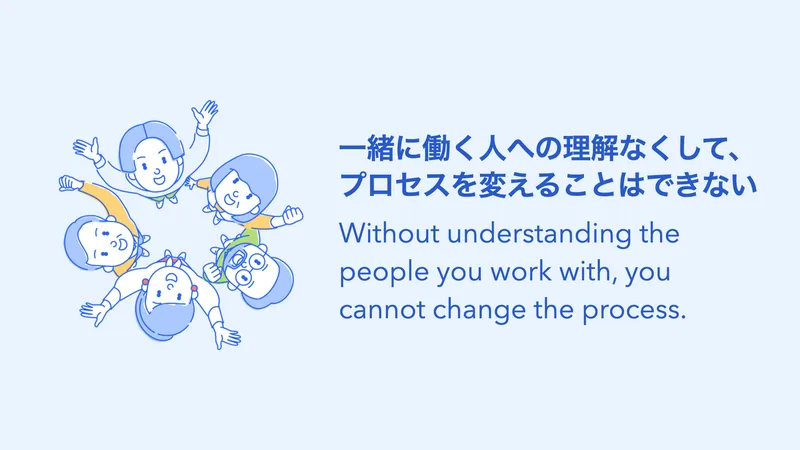
But this way of thinking overlooks something important.
“Do you know what kind of motivation the engineers you work with have?”
“Do you know what interests the product managers you work with the most?”
A slide stating that without understanding the people you work with, changing processes is not possible. I believe that if we cannot answer these questions, speaking of our ideals and trying to change the development process without this understanding is unlikely to succeed.
Our engineers ask for clarification on specifications because they can’t implement without fixed specifications. The Philippine development team we work with used to focus on client work before joining Freee. In the Philippines, specifications are determined by the client, and engineers who can quickly implement these specifications are often valued.
Asking engineers, who have worked in such an environment, to understand users before confirming specifications is challenging as it doesn’t align with their expectations.
Our product managers would have wanted to proceed with planning alongside engineers. However, with the language barrier limiting the information that could be conveyed, focusing on achieving the product’s goals and adhering to the release date might have been the best decision.”
Haven’t you experienced situations where others don’t accept the ideals you envision?
Situations like engineers ignoring design data to implement their own ideas The inability to convince others of the value of conducting user interviews The struggle to introduce a design system without support Designers not being involved in business and management discussions. To realize the ideals you envision, it’s crucial to first understand what interests and strengths your colleagues have. Understanding their perspectives is key.
Next, I would like to introduce three key principles that we value as we design together with our team.
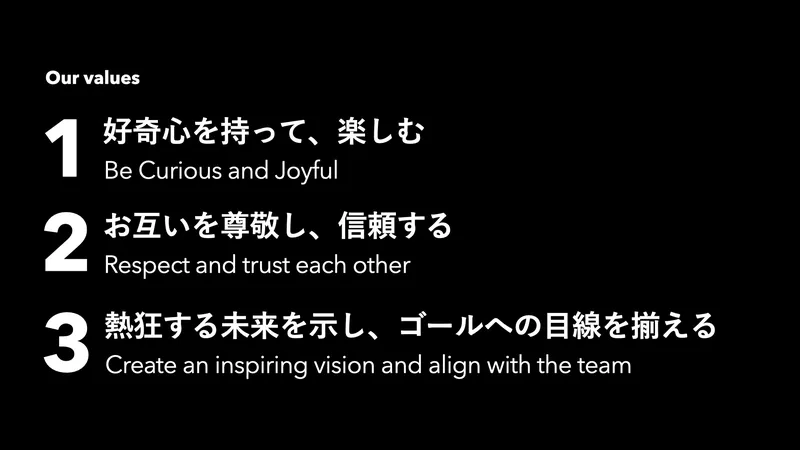
1. Be Curious and Joyful
For team members with different professions, languages, and life backgrounds to respect each other, it’s essential to first enjoy working together as a team.
The global team is always lively within Freee, and there’s a lot of excitement in our Slack channel. I often go out to eat tacos with colleagues or make coffee. Lately, I’ve been bringing mostly Japanese colleagues to our internal basketball team, enjoying our time together.
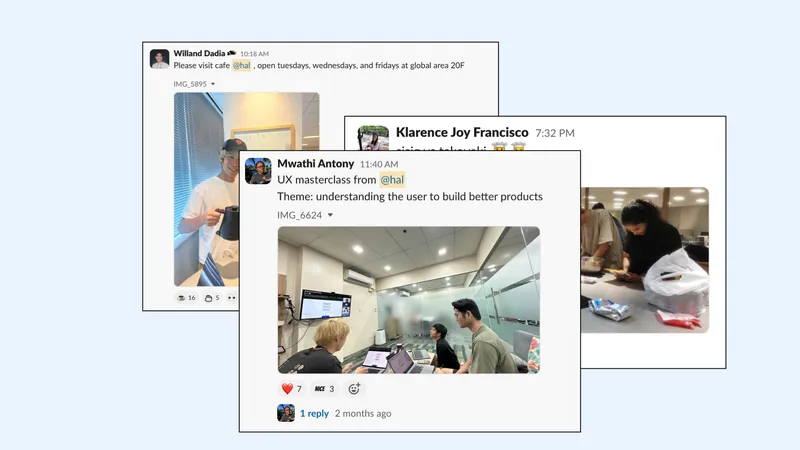
Enjoying the time spent together helps us notice and appreciate our differences in thinking, making it easier to engage with each other. Having fun as a global team and a curiosity to know each other is the first step in leveraging our diverse perspectives.
2. Respect and trust each other
The next important thing is to respect and trust each other. Just as you have an ideal way of working, so too do your colleagues. Without understanding their goals and ideals, it’s impossible to move forward in the same direction.
I believe that to take advantage of the diversity that is typical of a global team, we should not deny ways of doing things that are different from our own. I believe that we can create a team that makes the most of the differences in perspectives that we each have by first believing in our team members and providing an environment that encourages them to try things out, without imposing our conventional ways of doing things.
3. Create an inspiring vision and align with the team
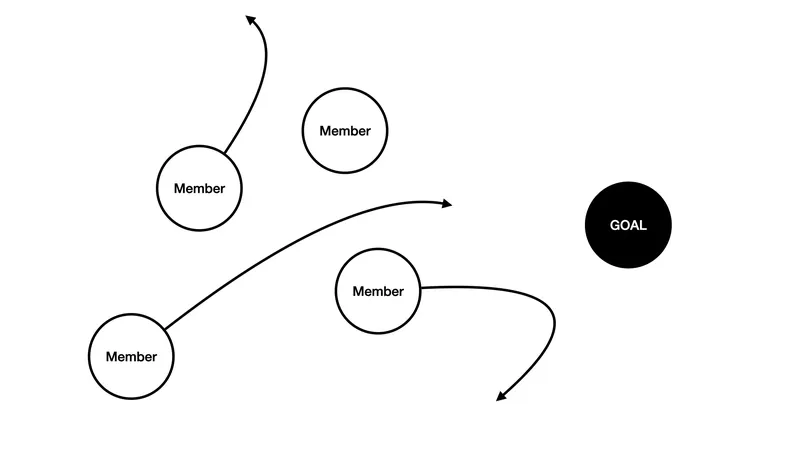
I believe it’s not just about letting everything run freely. The activities where we trust and delegate to members should align with the organization’s strategy. No matter how much we want to leverage the team’s diverse perspectives, just doing as one pleases without a common direction is not leveraging differences; it’s just chaos.

If you want to progress towards the same goal with team members of different backgrounds, you need to present an ideal future and inspire the team members to work passionately towards it.
If we can align on showing the future and a common goal, then we can freely challenge ourselves. Creating such an environment enables us to try new approaches that have not been attempted before.
Summary
- Be Curious and Joyful
- Respect and trust each other
- Create an inspiring vision and align with the team
I was conscious of this to create an environment where the global team can more easily demonstrate diversity, but I think it is an important idea to keep moving forward with the same goal in mind when working with the Japanese development team after all.
In summary,
- If you want to implement a design system?
- If you want to conduct user research?
- If you want to be involved in business and management?
- etc that you want to do
We must change the way we do things now for the betterment of society. All of these things are of course necessary. But we should not think only from the designer’s perspective.
Ultimately, changing the current way of doing things and making changes cannot be done alone. That is why we should understand and respect others. Let’s get to know them and have fun while doing it. Let’s move forward while aligning ourselves toward the same future.
I believe that this way of thinking is important for “designing together” to improve society in this age of uncertainty.